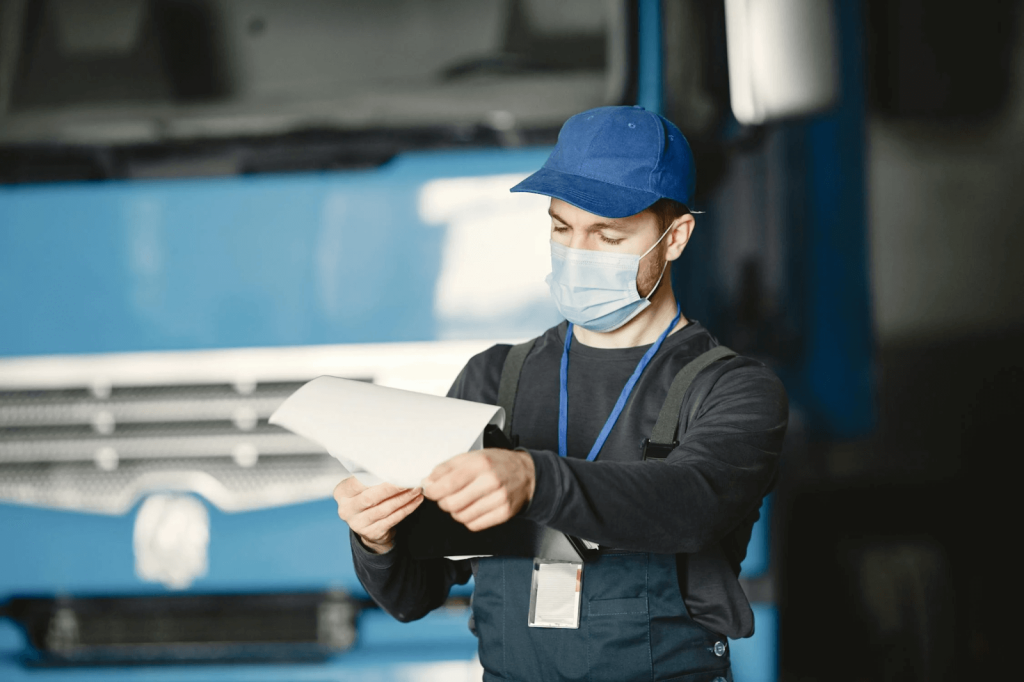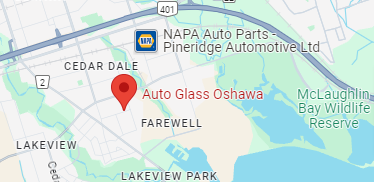When you replace a windshield, it might seem like the job ends once the new glass is in place. But if your vehicle has advanced driver assistance systems (ADAS), recalibration is a required next step. Without it, you risk the safety features misfiring or failing altogether.
What Is Recalibration of Windshield?
ADAS systems rely on sensors and cameras, many of which sit just behind the windshield. Recalibration means adjusting these systems to match the position and angle of the new glass so they continue working accurately.
Studies show that misalignment after windshield replacement can lead to inaccurate readings by the ADAS, putting both drivers and passengers at risk.1 So even if the new windshield looks perfect, the safety systems behind it may not function correctly without recalibration.
Is Calibration Necessary After Windshield Replacement?
Calibration is necessary because today’s ADAS systems are designed and tested with exact measurements in mind. The manufacturer’s safety certifications, system warranties, and even roadworthiness standards all assume that recalibration happens after the windshield is changed. Skipping it can void certain system guarantees or lead to failed inspections, especially in regions where vehicle safety standards are tightly enforced.
Why Does a Windshield Need to Be Calibrated?
You might wonder why the windshield even matters to the camera or sensors. Research has shown that the optical quality and curvature of the windshield directly affect how the forward-facing cameras perform.2 If the system’s view is slightly off, it can misread lane lines, traffic signs, or the distance to nearby vehicles.
Automakers and industry standards now require post-repair recalibration to make sure the ADAS functions properly.3 Without it, you may face not only safety risks but also legal and insurance issues if the system malfunctions after a repair.
How Long Does It Take to Calibrate a Windshield?
The answer depends on the vehicle and the type of system. On average, it takes anywhere from 30 minutes to two hours.
Some vehicles need only one recalibration method, while others require two. The time and method depend on the make, model, and system requirements.
How to Calibrate the Camera After Windshield Replacement
While there are general steps on how to calibrate a camera after windshield replacement, like using manufacturer-approved tools, following alignment protocols, and testing the system on the road, this is not something most vehicle owners should attempt on their own. Calibration requires specialized equipment, trained technicians, and the right conditions to meet factory standards.
That’s why it’s important to trust expert windshield services that know how to handle both the replacement and the recalibration process together. If you want transparent pricing and professional help, you can get a quick auto glass quote from us. Our team makes sure your ADAS works exactly as it should when you drive away.
Does Insurance Cover Windshield Calibration?
In many cases, comprehensive insurance does cover the cost, especially if the windshield was damaged by a covered event like a stone chip. However, some policies may only cover the replacement, not the calibration. It’s always worth checking your coverage details before scheduling the work.
Static Calibration vs. Dynamic Calibration
There are two main methods for recalibrating your car’s ADAS after a windshield replacement:
- Static calibration is done while the vehicle is stationary inside a workshop, using specialized calibration targets and tools to adjust the system.
- Dynamic calibration takes place while driving the car under specific conditions, allowing the sensors and cameras to recalibrate in real time on the road.
Technicians trained in how to calibrate a camera after windshield replacement follow the manufacturer’s detailed instructions to bring the system back to precise working order.
What Happens If You Skip Recalibration?
Skipping recalibration can have serious effects. Calibration errors after windshield replacement can cause the ADAS to misjudge the environment around the car. This can lead to problems like incorrect object detection, poor lane recognition, or faulty adaptive functions.
Even small offsets can create cumulative errors, slowly undermining the system’s effectiveness. You might not notice right away, but over time, these small errors increase the chances of an accident or system failure.
ADAS Features That Depend on Accurate Calibration
| ADAS Feature | What Happens Without Calibration |
| Lane Keeping Assist | Incorrect detection of lane markers |
| Adaptive Cruise Control | Miscalculates following distance to other cars |
| Emergency Braking | Delays in spotting obstacles |
| Traffic Sign Recognition | Misreads or fails to detect road signs |
| Forward Collision Warning | Fails to recognize cars or objects ahead |
Why Industry Standards Make Recalibration Mandatory
Recalibration isn’t something added on by repair shops. It is a required part of the process, built into industry standards and automaker guidelines. Research shows that automated systems need precise alignment and cannot self-correct after something as major as a windshield change.3
Following proper recalibration steps also ensures your repair records stay valid, which matters if you face warranty or insurance claims later.
Final Thoughts
ADAS calibration after windshield replacement is essential for keeping your car’s safety features working the way they should. Ignoring this step can leave you exposed to system failures and unsafe driving conditions.
If you need professional help with windshield replacement or recalibration, contact us today. Our team is ready to handle your windshield needs with care and expertise. Stay safe on the road by making sure your vehicle’s systems are properly calibrated.
References
- Ding, Zhigang, et al. “Machine Vision-Based Method for Reconstructing the Vehicle Coordinate System in End-of-Line ADAS Calibration.” Electronics, vol. 13, no. 17, Aug. 2024, p. 3405. https://doi.org/10.3390/electronics13173405.
- Weikl, Korbinian, et al. Imaging through Curved Glass: Windshield Optical Impact on Automotive Cameras. Proc. SPIE, vol. 12231, ODS 2022: Industrial Optical Devices and Systems, 30 Sept. 2022, doi:10.1117/12.2634714.
- EPR2021008: Unsettled Issues on Sensor Calibration for Automotive Aftermarket Advanced Driver-Assistance Systems – Research Report. saemobilus.sae.org/reports/unsettled-issues-sensor-calibration-automotive-aftermarket-advanced-driver-assistance-systems-epr2021008.


